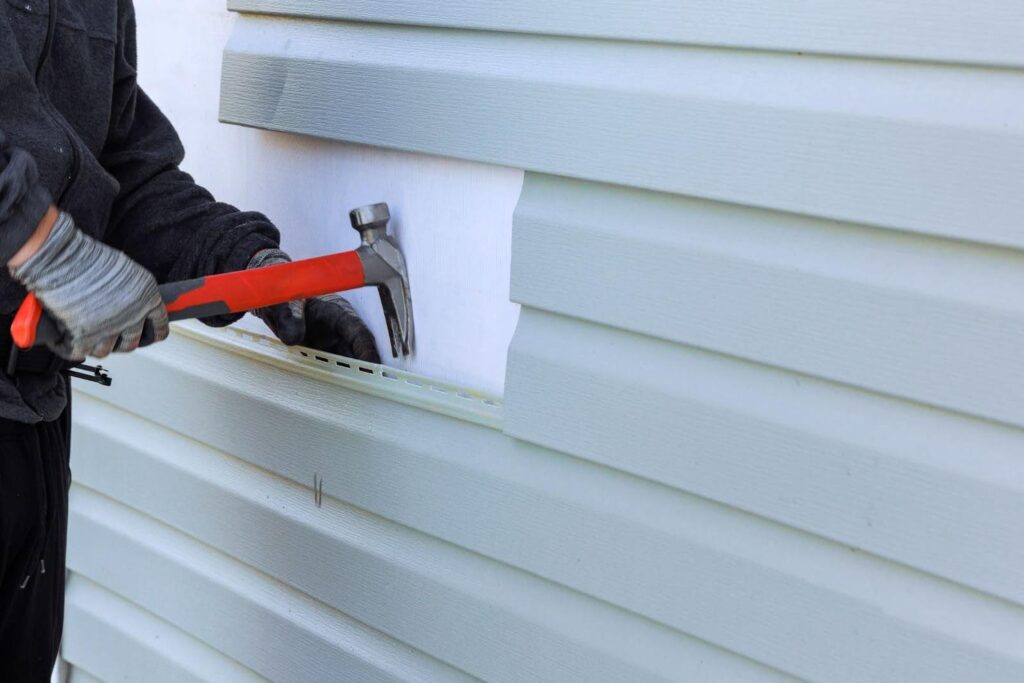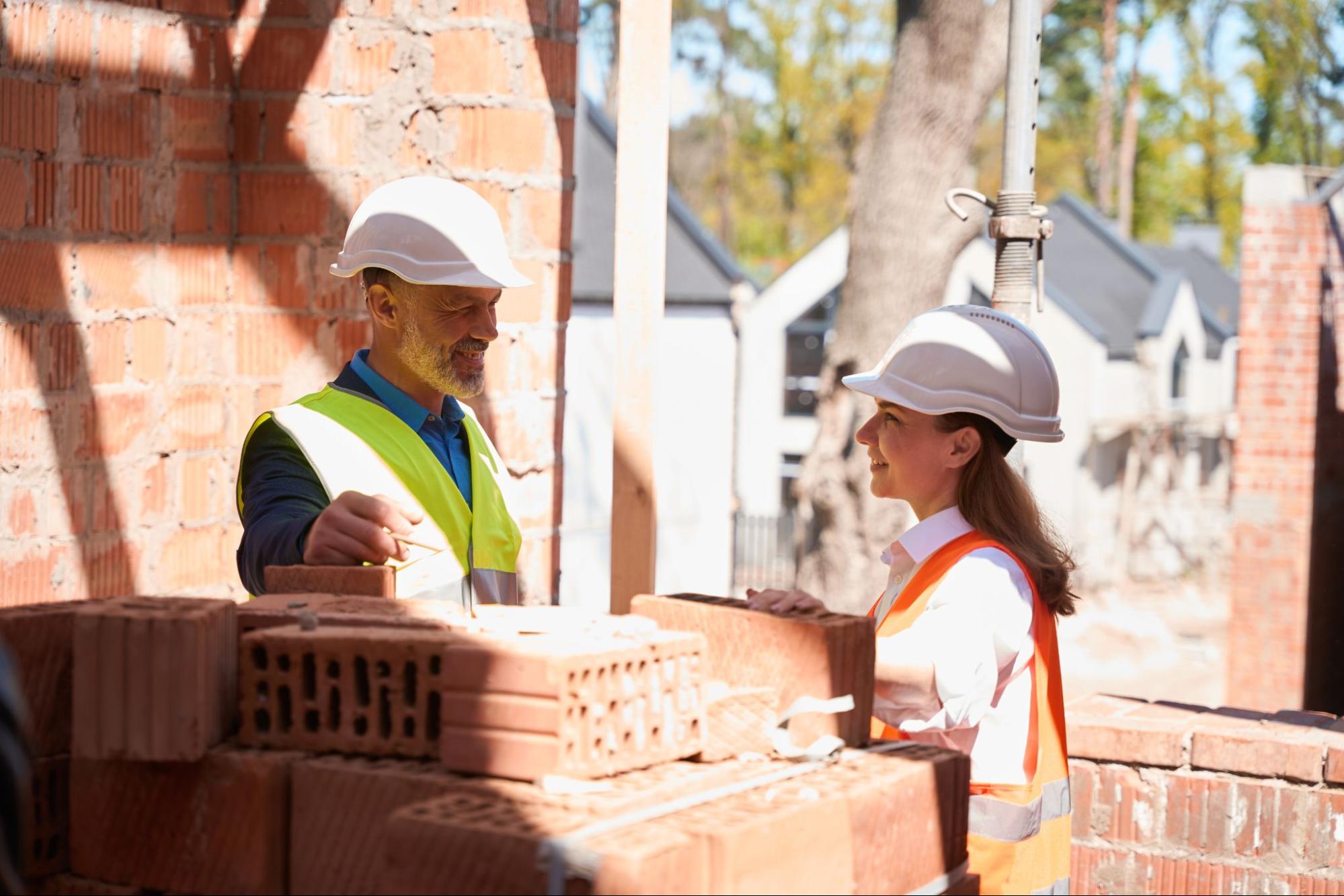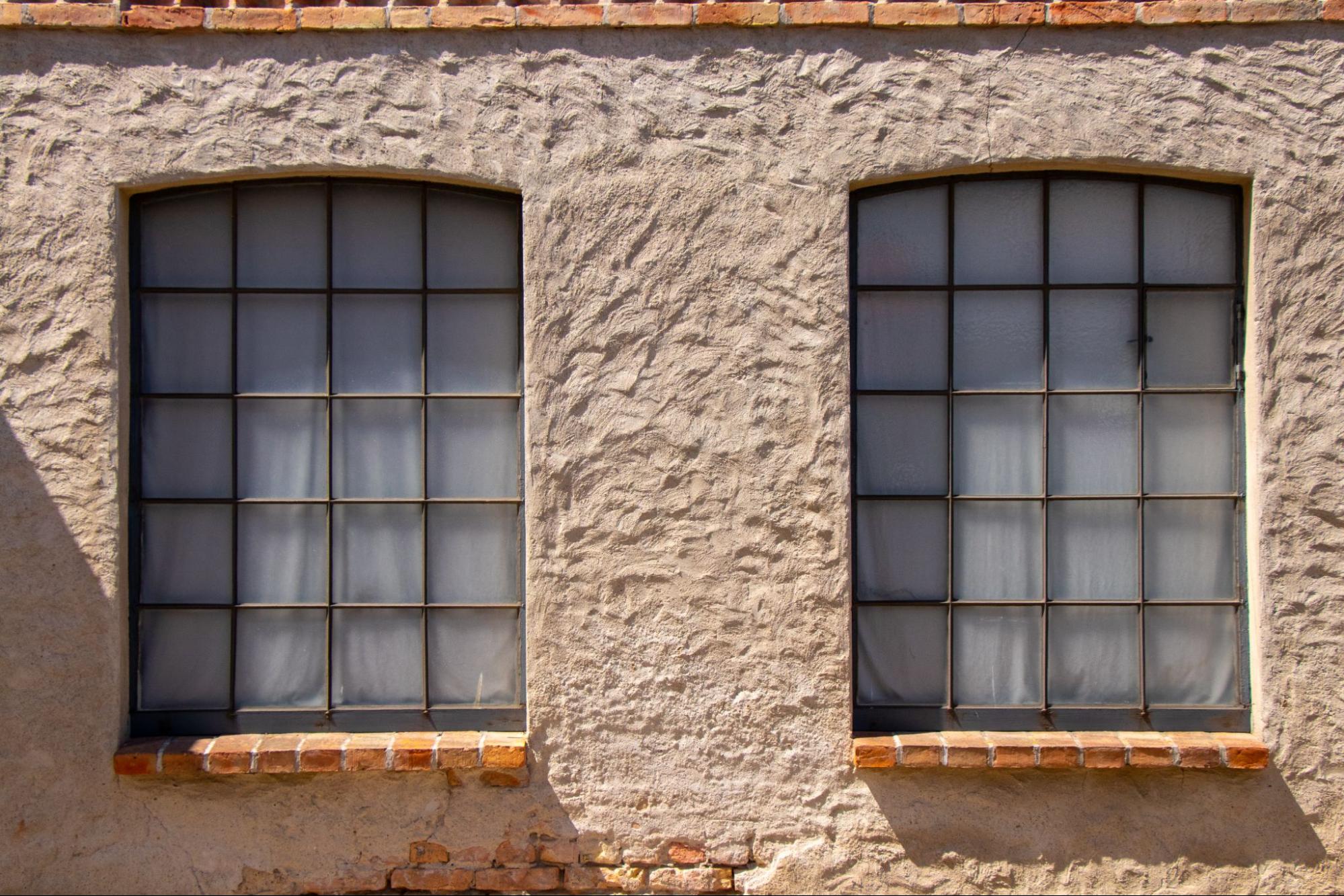Siding serves as the first line of defense for your home’s exterior, protecting it from moisture, temperature fluctuations, pests, and everyday wear and tear. When it’s in good condition, siding also contributes to your home’s insulation, curb appeal, and overall property value. But over time, weather exposure, age, and unexpected damage can cause siding to deteriorate. Knowing when to schedule siding repair can prevent minor issues from escalating into costly replacements or structural damage. In this guide, we’ll explore the key signs to watch for and explain how proactive siding repair can help extend the life of your home’s exterior.
Visible Signs That You Need Siding Repair
Visible damage, such as cracks, holes, or warping, often signals deeper issues, including moisture intrusion or pest entry. Addressing these problems early with siding repair can prevent costly structural damage:
Cracks and Holes
Small cracks and holes may seem cosmetic at first, but they can allow moisture to seep behind the siding, leading to rot, mold, or interior water damage. These gaps also provide pests, such as insects and rodents, with a means of entry into your home. Addressing them early helps preserve both your structure and indoor comfort.
Warping and Buckling
Warped or buckled siding is often a sign of water trapped behind the panels or poor installation. When siding doesn’t sit flush against your house, it can no longer provide effective protection against the elements. These deformations can worsen over time, making siding repair essential for continued protection.
Compromised Performance
Any visible surface damage indicates that your siding may not be performing its intended function. Over time, even minor issues can reduce insulation, allow drafts, and raise energy costs. Timely repairs help maintain your home’s efficiency and structural integrity.
Siding Repair Solutions for Water Damage
Since siding acts as a barrier against the elements, any breach that allows water in can lead to serious consequences for your home’s structure and indoor air quality.
Rot and Mold Growth
Moisture trapped behind damaged or poorly sealed siding can lead to wood rot and mold growth. Signs include soft or crumbling boards, dark stains, or a musty odor. Addressing these issues early with siding repair can prevent deeper structural damage and health-related concerns.
Bubbling or Stained Paint
Peeling or bubbling paint on siding—or interior walls near exterior surfaces—often indicates hidden moisture intrusion. Water buildup behind siding causes the paint to lose adhesion, resulting in visible blisters or streaks. Repairing affected areas and improving moisture barriers can help restore siding performance and appearance.
Interior Wall Damage
Water that seeps past damaged siding can appear indoors as peeling paint, warped drywall, or soft spots in the walls. These interior signs often indicate a prolonged moisture issue that originated outside. A thorough siding repair can stop the source and prevent future interior damage.
Weather Damage That Often Requires Siding Repair
Seasonal changes and environmental conditions can significantly impact the condition of your siding, often accelerating wear and tear. After severe weather events, such as heavy winds, hail, or snowstorms, it’s essential to inspect your home’s exterior for less visible damage, including dents or loose panels. Prompt inspections and siding repair can prevent minor issues from evolving into more serious water or structural problems. Homes located in coastal, humid, or freeze-thaw climates are especially vulnerable, as salt, moisture, and temperature fluctuations can accelerate the degradation of siding. Staying proactive with siding repair in response to these seasonal and regional stressors is key to maintaining long-term protection and performance.
Siding Repair Considerations for Aging Exteriors
Even the most durable siding materials have a lifespan. As your siding ages, it naturally becomes more susceptible to damage and less effective at protecting your home.
Fading and Discoloration
Sun exposure gradually causes siding to fade, but dramatic or uneven discoloration may indicate breakdown of the protective layer. This exposure can lead to cracking, brittleness, and moisture absorption. Repairing these areas helps restore both the look and durability of your home’s exterior.
Loose or Missing Panels
Siding panels can loosen or fall off due to age, weather conditions, or improper installation. These gaps allow moisture, pests, and air infiltration, compromising the efficiency of your home. Prompt siding repair keeps your property sealed, insulated, and protected throughout the year.
Cracks and Surface Deterioration
Over time, aging siding may develop surface cracks, splits, or peeling layers. These flaws often signal weakened material that’s no longer able to shield your home from the elements. Timely repairs or replacements can restore both function and curb appeal.
Insulation and Energy Issues Related to Siding Repair
Siding plays a critical role in your home’s insulation system. If your energy bills are climbing or your indoor environment feels less comfortable, your siding may be partially to blame.
Indoor Humidity Issues
Damaged siding can allow moisture to seep into your walls, causing indoor humidity levels to rise. This moisture can make your home feel damp or stuffy and strain your HVAC system. Timely siding repair helps regulate humidity and maintain indoor air quality.
Cold or Hot Wall Surfaces
If your interior walls feel unusually hot in summer or cold in winter, your siding may be failing to insulate properly, often indicating poor thermal resistance or airflow leaks. Repaired or replaced siding can help stabilize temperatures along exterior walls.
HVAC System Overuse
An overworked heating or cooling system may be compensating for exterior insulation problems. Poorly sealed siding forces your HVAC unit to run more often, leading to wear and higher energy costs. Addressing the issue with siding repair can ease the load on your system.
Noise and Pest Issues That May Require Siding Repair
If your home has suddenly become noisier or you’re noticing signs of unwanted pests, your siding may be to blame. Cracks, gaps, or loose panels can reduce the siding’s ability to insulate against sound, allowing outdoor noise to seep inside. These same vulnerabilities can serve as access points for insects, rodents, and other pests, which can cause structural damage and health hazards if left unaddressed. Siding repair can resolve both of these issues by sealing openings and restoring the protective barrier around your home. By maintaining your siding, you not only improve comfort but also safeguard your property from potential infestations.
How Siding Repair Impacts Curb Appeal and Home Value
Siding plays a crucial role in both the performance and visual appeal of your home, directly influencing how your property is perceived and valued. When siding becomes chipped, stained, or warped, it not only loses functionality but also detracts from curb appeal—something significant if you’re preparing to sell. Buyers and appraisers often view exterior condition as a reflection of overall maintenance, making siding quality a key factor in home valuation. Even minor siding repairs can yield a strong return on investment by preserving your home’s exterior and preventing more costly issues in the future. Investing in professional siding repair is an effective way to enhance your home’s appearance, marketability, and long-term value.
The Role of Expert Maintenance in Siding Repair Planning
Regular maintenance and professional evaluations are crucial for extending the lifespan of your siding and preventing costly repairs. Scheduling annual inspections enables experts to identify hidden moisture damage, early signs of wear, and structural concerns that might otherwise be missed. Addressing issues through preventive siding repair is typically far less expensive than dealing with significant damage later on. Keeping your siding clean, trimming back overgrown vegetation, and ensuring gutters are clear all help minimize moisture-related problems. With proper care and timely evaluations, you can maintain the integrity of your siding and reduce the likelihood of unexpected repairs.
Choosing a Reliable Contractor for Siding Repair
When siding issues arise, selecting the right contractor is essential to ensure durable, high-quality repairs. A professional siding repair contractor will conduct a thorough inspection, identify any hidden damage, and provide a precise estimate along with a recommended repair plan. They should use materials that closely match your existing siding and ensure all work complies with local building codes and weatherproofing standards. Before hiring, ask about the contractor’s experience, licensing, insurance coverage, and whether they offer a warranty on their work. Reliable professionals will also be happy to provide references or examples of previous siding repair projects, giving you confidence in their capabilities.

The Lasting Impact of Timely Siding Repair
Siding plays a vital role in protecting your home’s structure, insulation, and appearance. From visible cracks and moisture damage to rising energy bills and pest activity, many signs indicate it’s time for siding repair. The sooner you act, the more you can minimize damage, protect your investment, and restore your home’s performance and beauty. Whether you’re dealing with age-related wear or sudden storm damage, professional siding repair can make all the difference in your home’s long-term health.
To learn more about when it’s time for siding repair, visit our Metric Paving and Masonry blog.







